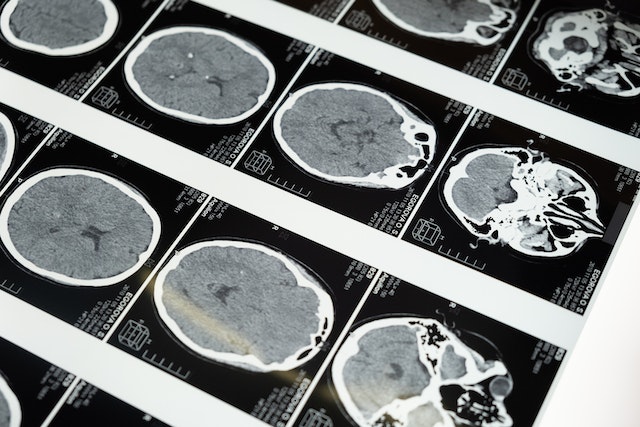The neurological disorder known as white matter disease, often referred to as leukoaraiosis or small vessel disease, affects the white matter of the brain, the tissue that contains the nerve fibers in charge of transferring messages between various parts of the brain. Investigating the complexities, causes, symptoms, and potential therapies of this disorder is essential since it may result in a variety of cognitive and physical difficulties. Learning all there is to know about white matter disorder can help you manage its effects and make wise health choices.
The Basics of White Matter Disease
Small blood arteries that provide oxygen and nutrients to the white matter of the brain gradually deteriorate in patients with white matter illness. Blood flow and oxygen supply to the white matter are decreased when these arteries deteriorate. As a result, lesions or areas of damage may develop within the white matter, interfering with brain function and resulting in a variety of neurological symptoms. Problems with memory, cognition, motor coordination, and even emotional management might be a result of these symptoms. Despite the fact that white matter illness is often linked to aging, certain risk factors and underlying medical disorders mean that it may also afflict younger people.
Causes and Risk Factors
Although the exact etiology of white matter illness is still not completely understood, a number of things may affect how it develops. Hypertension (high blood pressure) comes up as a major contribution among the important risk factors. Blood vessel damage, poor blood flow, and an increased risk of white matter lesions are all effects of high blood pressure. Diabetes, smoking, high cholesterol, and a history of stroke are other risk factors. Another factor is genetic predisposition, since certain genetic markers might increase a person’s risk of having white matter injury.
Recognizing the Symptoms
White matter disease symptoms might change depending on the degree and location of the damage to the brain. Memory recall, attention span, decision-making, and information-processing issues are all cognitive signs. Challenges with balance, coordination, and walking may be physical signs. Furthermore, mood disturbances, such as despair and anxiety, may result from abnormalities in the brain circuits responsible for emotional control. It’s critical to understand that white matter disease symptoms might resemble those of other neurological disorders.
Diagnostic Process
White matter disease diagnosis requires a comprehensive approach. A clinical examination, a review of the patient’s medical history, and neuroimaging methods like magnetic resonance imaging (MRI) are all included in this approach. MRI scans are a very helpful diagnostic tool for confirming the presence of white matter lesions, assessing their severity, and locating them inside the brain. The combination of these diagnostic techniques enables medical professionals to identify the condition and distinguish white matter sickness from other conditions that may manifest with comparable symptoms. While there’s currently no direct method on how to repair white matter in the brain, the diagnostic process involves advanced neuroimaging techniques that can help identify damage and guide treatment strategies for underlying conditions.
Treatment Approaches
Any medication cannot totally cure white matter disease. The main goals of therapy are to control symptoms, slow the progression of the condition, and address underlying risk factors. The significance of adopting a healthy lifestyle cannot be overstated. Following a balanced diet, maintaining healthy blood pressure levels, being physically active, and quitting smoking are all necessary to achieve this. Medication, which may be prescribed by a doctor, may be used to control certain symptoms, such as cognitive decline or mood swings.
Lifestyle Strategies for Managing White Matter Disease
A brain-healthy lifestyle must be adopted if white matter illness is to be properly managed. Regular physical activity improves the flow of blood to the brain and supports cognitive function. A diet high in nutrients that promote brain function, omega-3 fatty acids, and antioxidants is beneficial for general health. Additional factors that boost brain resilience include using relaxation strategies to manage stress and getting enough sleep. Maintaining mental and social stimulation while you negotiate the difficulties caused by white matter illness also aids in maintaining cognitive vibrancy.
Conclusion
Although white matter disorder is complicated, being aware of its causes, signs, and treatments gives sufferers the ability to take charge of their health. Early identification, lifestyle changes, and continuous research may improve the quality of life for persons affected by this disorder. Individuals may successfully traverse the complexities of white matter disorder, make educated choices, and create strategies that enhance their general well-being via education and cooperation with healthcare providers.




